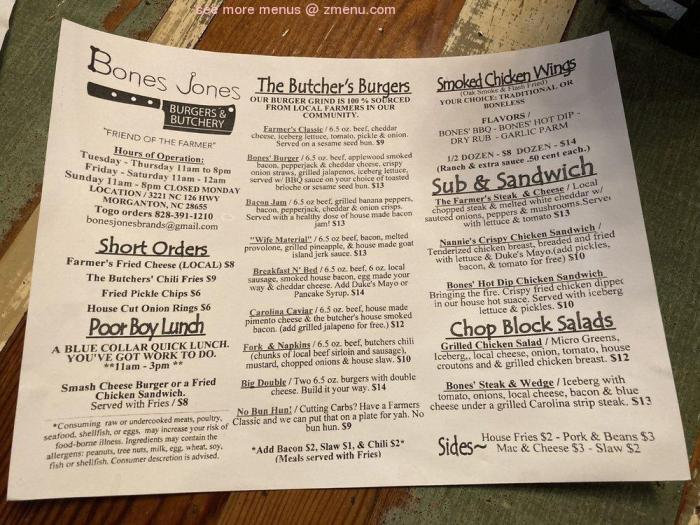Embark on a culinary adventure with our exploration of parts and labor butchery menus. Discover their essence, delve into their benefits, and master the art of creating a delectable and efficient menu that caters to both businesses and discerning diners.
From streamlining operations to tantalizing taste buds, this guide unravels the secrets of crafting a parts and labor butchery menu that will elevate your establishment to new heights.
Parts and Labor Butchery Menu
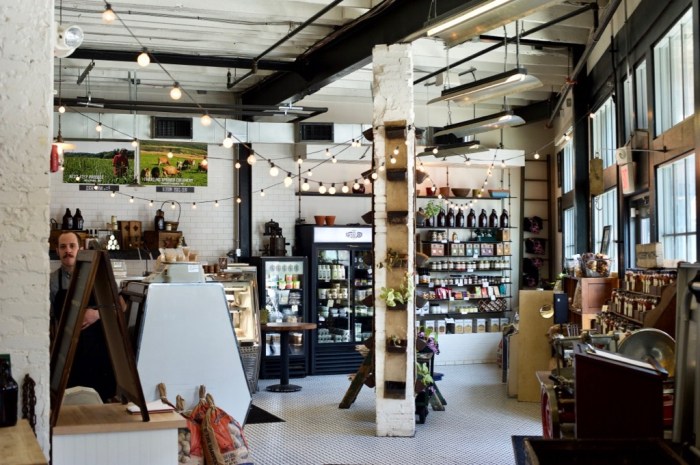
A parts and labor butchery menu is a specialized menu offered by butchers that itemizes the various cuts of meat available for purchase, along with their corresponding prices. It is designed to provide customers with a comprehensive overview of the butcher’s offerings, allowing them to make informed decisions about their meat purchases.
Parts and labor butchery menus typically include several key components:
Sections
Parts and labor butchery menus are often divided into different sections, such as:
- Beef
- Pork
- Lamb
- Poultry
- Seafood
Cuts of Meat
Within each section, the menu will list the various cuts of meat available. These cuts are typically organized by primal cut, which refers to the major sections of the animal from which the meat is derived.
Prices
The prices of the cuts of meat will be listed alongside their descriptions. Prices may vary depending on the type of cut, the quality of the meat, and the butcher’s location.
Additional Information
Some parts and labor butchery menus may also include additional information, such as:
- The weight of the cuts of meat
- The availability of the cuts of meat
- Cooking recommendations
Benefits of Using a Parts and Labor Butchery Menu
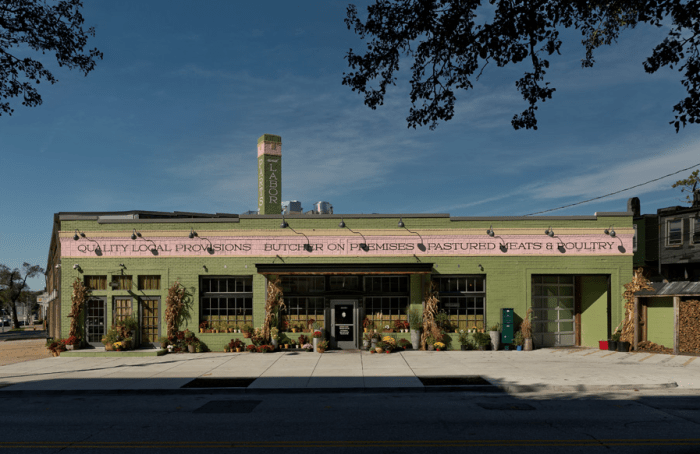
Parts and labor butchery menus offer a range of advantages for both businesses and customers. They can streamline operations, increase efficiency, and enhance customer satisfaction.
Streamlined Operations
- Centralized ordering and inventory management: A parts and labor butchery menu consolidates all ordering and inventory information into a single platform, reducing the risk of errors and improving efficiency.
- Simplified pricing: By standardizing pricing across different cuts and products, businesses can simplify their pricing structure and reduce confusion for customers.
Increased Efficiency
- Reduced order processing time: With a parts and labor butchery menu, orders can be processed quickly and accurately, saving time for both staff and customers.
- Improved inventory management: By tracking inventory levels in real-time, businesses can avoid overstocking or running out of popular items, ensuring they always have what customers want.
Enhanced Customer Satisfaction
- Transparency and accuracy: Parts and labor butchery menus provide customers with clear and accurate information about the cuts and products available, helping them make informed decisions.
- Customization: Customers can easily customize their orders by selecting the specific cuts and quantities they want, ensuring they get exactly what they need.
Designing an Effective Parts and Labor Butchery Menu
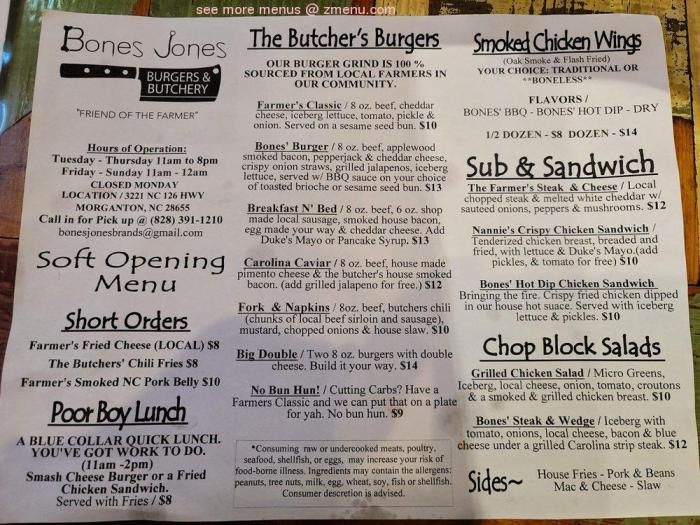
A well-designed parts and labor butchery menu can enhance the customer experience, increase sales, and streamline operations. Here’s a guide to creating an effective menu:
Organizing Items
Organize items logically, grouping similar cuts or types of meat together. Consider using subcategories to further categorize items, such as “Steaks,” “Roasts,” and “Ground Meats.”
Using Clear Language
Use clear and concise language that is easy for customers to understand. Avoid technical terms or jargon that may confuse or alienate customers.
Incorporating Visual Elements
Incorporate visual elements, such as high-quality photos or illustrations, to make the menu more appealing and informative. This can help customers visualize the cuts of meat and make informed decisions.
Pricing Strategies for Parts and Labor Butchery Menus
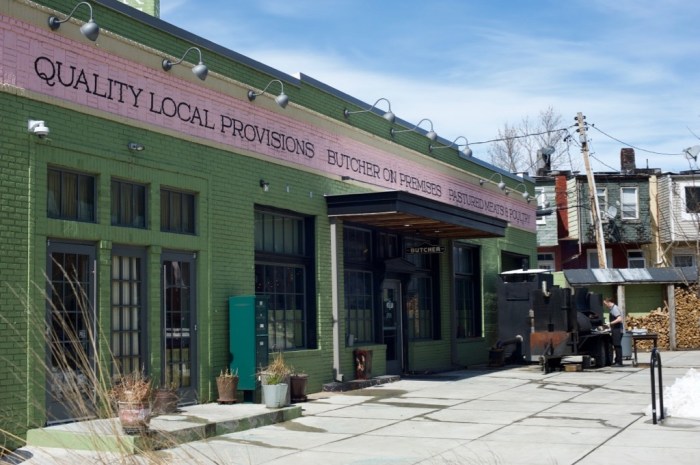
Pricing is a crucial aspect of any butchery menu, as it directly affects the profitability and customer satisfaction. Several pricing strategies can be employed to optimize revenue and align with the specific target market.
If you’re looking for an affordable way to enjoy delicious, high-quality meat, consider visiting a parts and labor butchery menu. These butcheries typically sell a variety of cuts of meat, including steak, pork chops, and chicken breasts, at a fraction of the cost of traditional grocery stores.
Plus, many parts and labor butcheries offer free delivery, so you can have your meat delivered right to your door. If you’re looking for more information on parts and labor butcheries, check out the edmentum answer key english 9 . This website provides a comprehensive list of parts and labor butcheries in your area, as well as tips on how to choose the right butcher for your needs.
With a little research, you can find a parts and labor butchery menu that offers the perfect selection of meat for your next meal.
Cost-Plus Pricing
Cost-plus pricing involves calculating the total cost of the product, including materials, labor, and overhead expenses, and then adding a desired profit margin to determine the selling price. This method ensures a reasonable profit while covering all expenses.
Value-Based Pricing
Value-based pricing focuses on the perceived value of the product or service to the customer rather than its cost. This strategy involves determining the price that customers are willing to pay based on the benefits and features offered.
Competitive Pricing
Competitive pricing involves setting prices that are comparable to or slightly below those of competitors. This strategy is often used to gain market share or match the offerings of established businesses.
Dynamic Pricing
Dynamic pricing adjusts prices based on factors such as demand, seasonality, and availability. This strategy allows businesses to maximize revenue by charging higher prices during peak demand and offering discounts during slower periods.
Promoting and Marketing Parts and Labor Butchery Menus
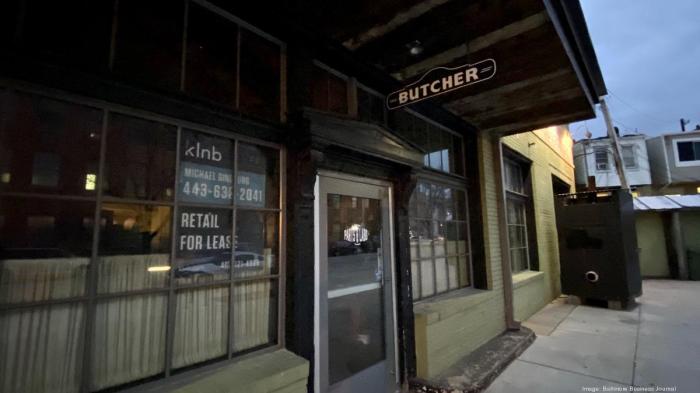
Promoting and marketing parts and labor butchery menus is crucial for attracting potential customers and increasing sales. By effectively communicating the benefits and value of these menus, butchers can generate interest and drive business.
Online Presence
Establishing a strong online presence is essential for promoting parts and labor butchery menus. Create a website or social media pages that showcase the menu, highlighting its unique features and benefits. Utilize search engine optimization () techniques to ensure your website appears in relevant search results.
Content Marketing, Parts and labor butchery menu
Develop engaging content that educates potential customers about the advantages of parts and labor butchery menus. Create blog posts, articles, or videos that discuss topics such as the cost-effectiveness, sustainability, and customization options offered by these menus.
Community Involvement
Participate in local events, farmers’ markets, or culinary competitions to showcase your parts and labor butchery menu. Offer samples, engage with potential customers, and distribute promotional materials to generate interest.
Partnerships and Collaborations
Partner with local restaurants, chefs, or food influencers to promote your parts and labor butchery menu. Offer them exclusive deals or discounts in exchange for featuring your products or services.
Loyalty Programs
Implement loyalty programs to reward repeat customers and encourage ongoing patronage. Offer discounts, exclusive promotions, or early access to new menu items to incentivize customers to choose your butchery.
Top FAQs
What is the purpose of a parts and labor butchery menu?
A parts and labor butchery menu provides detailed information about the cuts of meat available, their prices, and the labor costs associated with preparing them. It streamlines ordering and pricing, ensuring transparency and efficiency for both businesses and customers.
What are the key components of a parts and labor butchery menu?
Typically, a parts and labor butchery menu includes sections for different types of meat (e.g., beef, pork, lamb), a list of available cuts within each section, their corresponding prices, and labor costs for preparation (e.g., grinding, slicing, marinating).
How can a parts and labor butchery menu benefit businesses?
By streamlining operations, increasing efficiency, and enhancing customer satisfaction. It provides clear pricing and labor costs, reduces errors, and allows businesses to better manage their inventory and resources.
How can a parts and labor butchery menu benefit customers?
It empowers customers with transparent pricing and detailed information, allowing them to make informed decisions about their orders. It also enhances their dining experience by ensuring accuracy and timely preparation of their meals.
